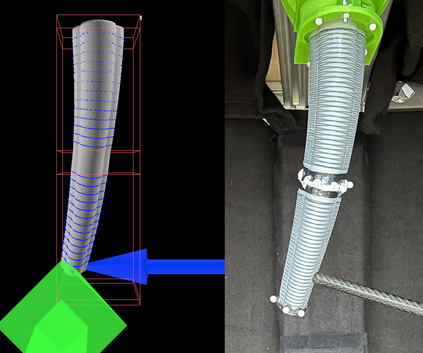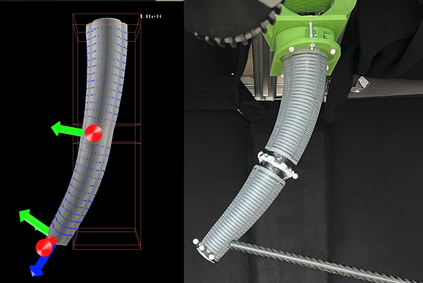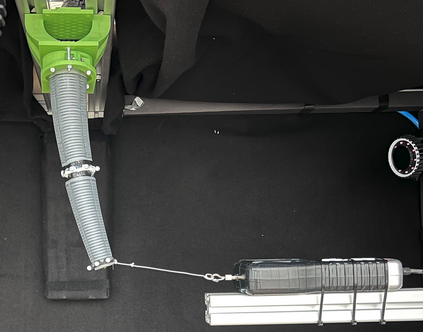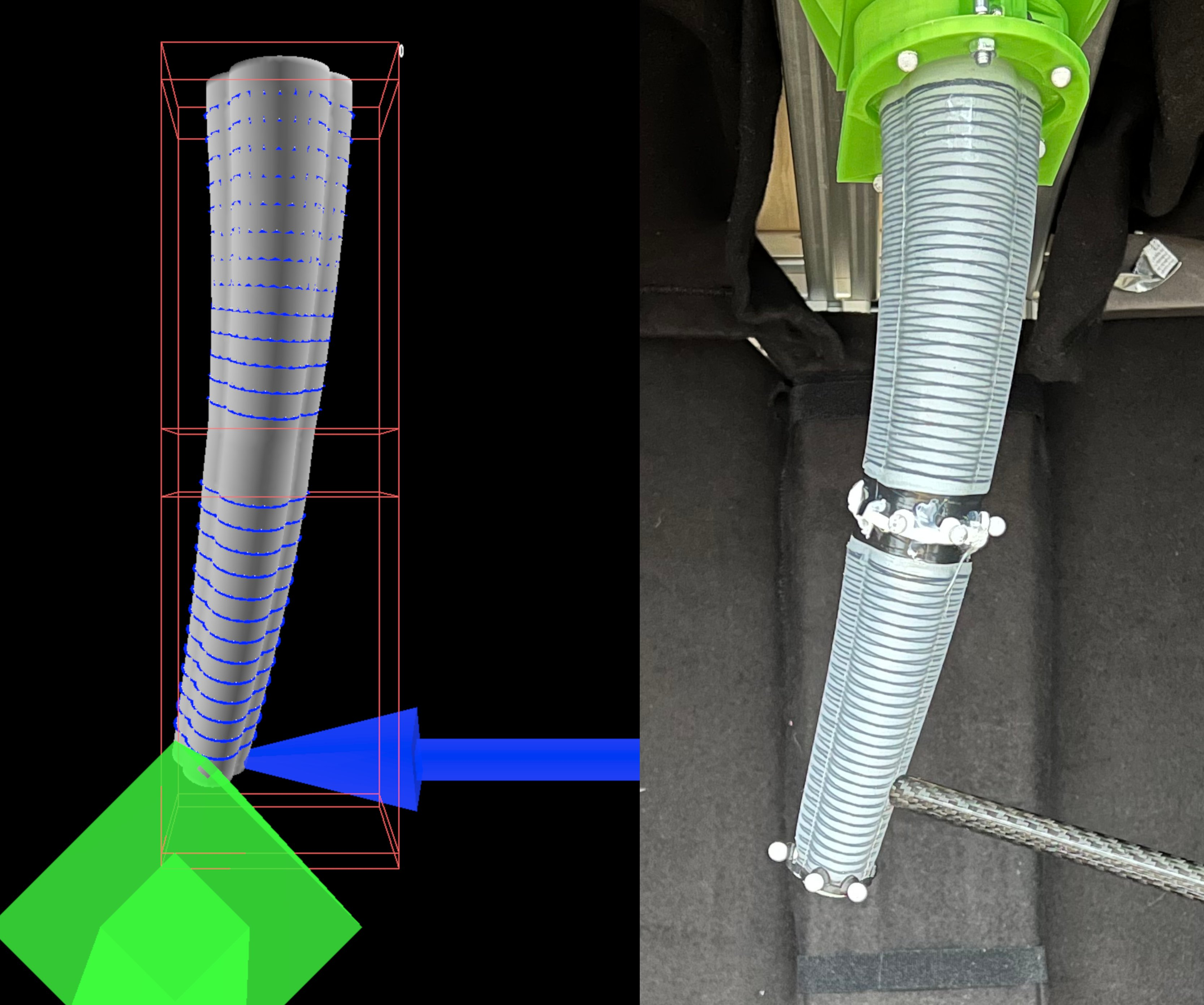For soft robots to work effectively in human-centered environments, they need to be able to estimate their state and external interactions based on (proprioceptive) sensors. Estimating disturbances allows a soft robot to perform desirable force control. Even in the case of rigid manipulators, force estimation at the end-effector is seen as a non-trivial problem. And indeed, other current approaches to address this challenge have shortcomings that prevent their general application. They are often based on simplified soft dynamic models, such as the ones relying on a piece-wise constant curvature (PCC) approximation or matched rigid-body models that do not represent enough details of the problem. Thus, the applications needed for complex human-robot interaction can not be built. Finite element methods (FEM) allow for predictions of soft robot dynamics in a more generic fashion. Here, using the soft robot modeling capabilities of the framework SOFA, we build a detailed FEM model of a multi-segment soft continuum robotic arm composed of compliant deformable materials and fiber-reinforced pressurized actuation chambers with a model for sensors that provide orientation output. This model is used to establish a state observer for the manipulator. Model parameters were calibrated to match imperfections of the manual fabrication process using physical experiments. We then solve a quadratic programming inverse dynamics problem to compute the components of external force that explain the pose error. Our experiments show an average force estimation error of around 1.2%. As the methods proposed are generic, these results are encouraging for the task of building soft robots exhibiting complex, reactive, sensor-based behavior that can be deployed in human-centered environments.
翻译:软机器人要在人类中心环境中有效工作, 需要能够根据( 不当感知的) 传感器来估计其状态和外部互动。 估计扰动使得软机器人能够进行理想的武力控制。 即使是僵硬的操纵器, 最终效果器的武力估计也被视为非三重性问题。 事实上, 应对这一挑战的其他当前方法存在缺陷, 妨碍其普遍应用。 它们通常以简化的软动态模型为基础, 如依靠不代表问题足够细节的平整常态( PCC) 近似或相匹配的硬体模型。 因此, 用于复杂的人类机器人互动所需的应用程序无法建立。 精密元素方法( FEM) 也允许以更通用的方式预测软机器人的动态。 在此, 使用软机器人模型模型来构建一个多层软的软性连续机械臂模型, 由符合要求的易变缩材料构成, 和纤维化的硬体动作室组成模型, 以及传感器的复杂常规行为行为, 提供不断变动的模型 。 这个模型用来显示用于校正的外部变动的模型 。










